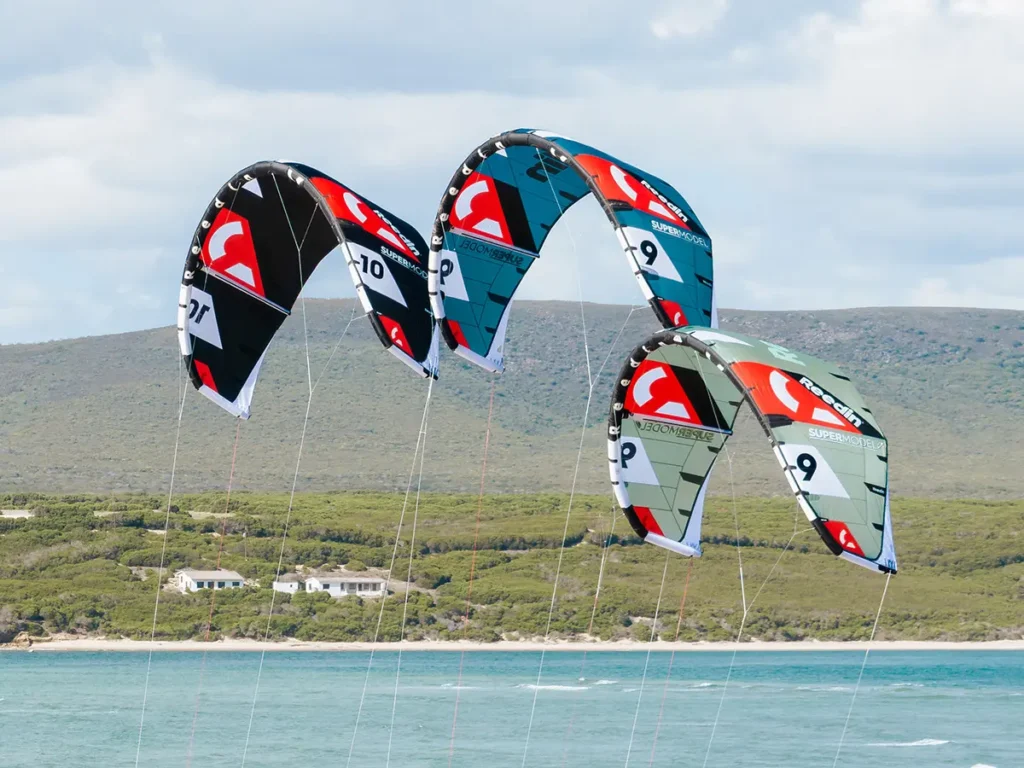
For those unfamiliar with SuperModel, can you introduce the kite to us?
SuperModel is designed with the goal to have it react and fly to perfection. The main focus is the way it performs, feels, turns, forgives, and is predictable, no matter if we are riding a twintip, a waveboard, or a foil. The end goal being to take your riding to the next level and making your sessions more fun.
One key characteristic of SuperModel is how it swings out of the turns. This specifically will allow you to keep more flying speed in your kite to create more power, while staying very light. This means you can ride a smaller kite, and have more constant pull during your turns while riding waves, you will finish your kite loop with confidence, you will land your jumps smoother, and you will be able to steer your kite in marginal wind when riding underpowered on a foil.
Our unique profile provides incredible stability to make the kite super forgiving while delivering the most glide in jumps. Our Wingtip shape supplies instant response for quick turning to give great punch when sending a jump to easily get high quickly, because in the end, we all like to jump as high and long as possible
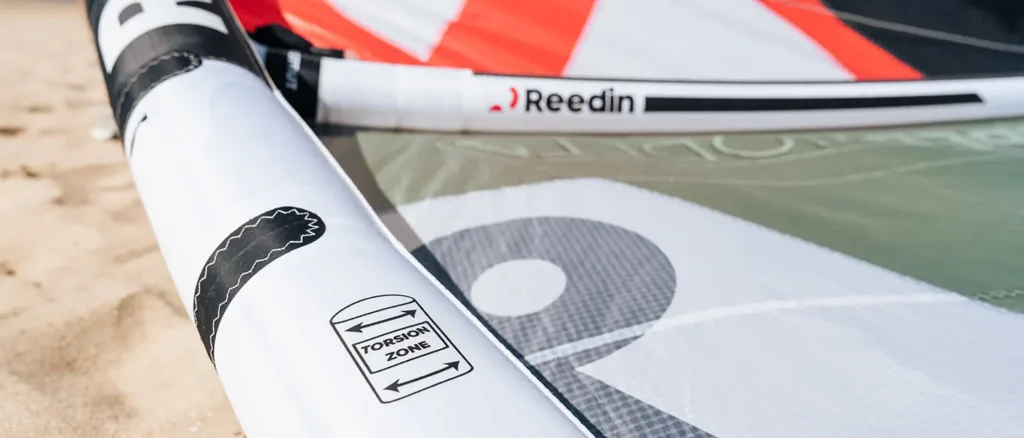
Great! Now let’s talk about HTF, can you explain the concept?
When you steer your kite to make it turn, you are essentially creating torsion in the kite. The torsion starts at the wing tip and propagates to the entire kite and Leading Edge. HTF is the result of analyzing how kites turn, and using a Hybrid LE construction to create a Torsion Zone down in the Wing Tip area, made from our new FlexLite material. This allows for a much quicker response to steering input by quickly creating more torsion into the entire LE and, subsequently, the entire kite.
The second part of HTF is using our FlexLite to build SuperModel’s struts, creating what we call “Flex struts” that will allow the entire canopy to twist easier.
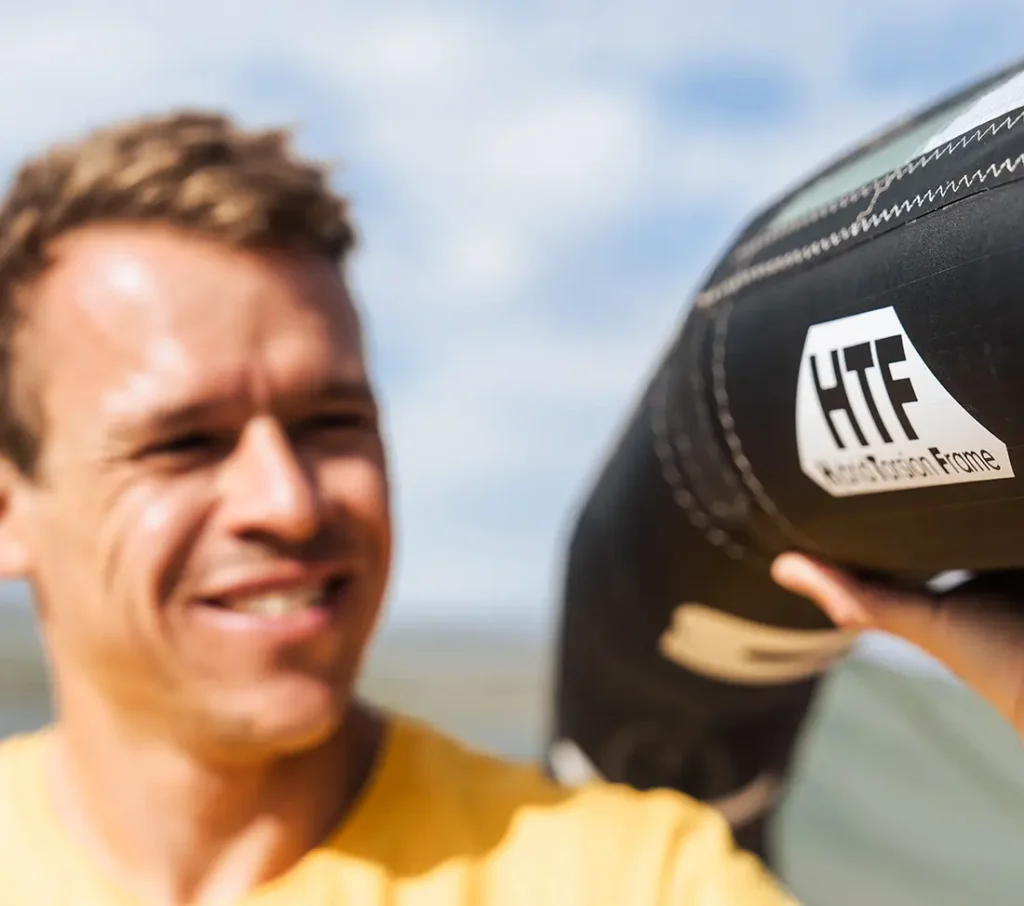
And what is the difference between the two materials?
FlexLite is made of a 150 Denier polyester yarn that is then more tightly weaved than regular Dacron material that is made out of a 300 Denier weaved polyester yarn. The thinner yarn means that when it’s weaved the fiber is flatter at the microscopic level, making the material more responsive because the fibers are quicker to respond to pull and compression that happens in the material when a kite is steered.
In what ways does it affect the flying characteristics?
In the end, the work done to the Leading Edge and the strut of SuperModel HTF translates into a kite that will not only respond faster to the rider’s input on the bar but will also allow for more torsion in the entire kite, for a kite that will turn faster and have an even better finishing of the turns. That will make your kiteloops that much easier, will allow you to re-direct your kite quicker while riding a wave, will allow jumping higher thanks to improved pop, and will allow you to generate more power in underpowered conditions because the kite will keep on generating more speed through the turns. it really benefits every aspect of kiting.
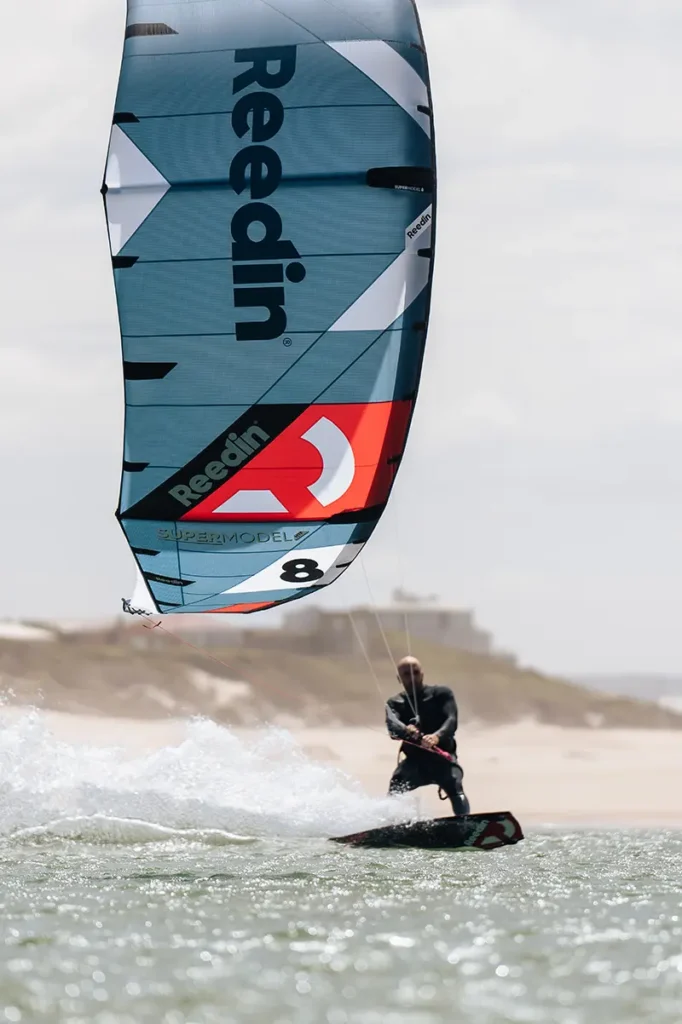
What line lengths and bar width would you recommend flying Supermodel on?
Line length is a personal setting, we recommend flying all sizes SuperModel on 24m.
For bar width, I prefer the 14m to 9m on the wide bar setting (at 49cm). The 7m and 8m could be flown on either 49 or 43cm setting depending on personal preference. A shorter setting will reduce the amount of leverage you have when steering the bar for a slower turning speed. This can be beneficial for less advanced riders and also freestyle riders. 6m to 4m are recommended to be flown on the 43cm bar width setting in order to get the intended flying characteristics.
With Dreamstick X you can reduce your lines to 22m, and with our foldable line feature, you can even reduce to 13m, 12m and 11m. This will greatly reduce your flying window, and is recommended for advanced riders on a foil or on a twintip that want to ride with aggressive steering, or make a kiteloop with their kite getting really low every time.
What bar pressure settings does Supermodel HTF have?
Three positions for the back lines on the kite allow the rider to trim the amount of bar pressure they will feel into the bar. The further back gives more leverage so it provides a lighter bar feel, while the further forward provides less leverage making the bar more direct. These three settings do not really affect the actual turning speed, but instead are changing the perception of turning in terms of bar feel. for example, because you have more leverage on the back setting, it will be easier to crank your bar all the way so some riders will indeed feel like they can turn the kite faster.
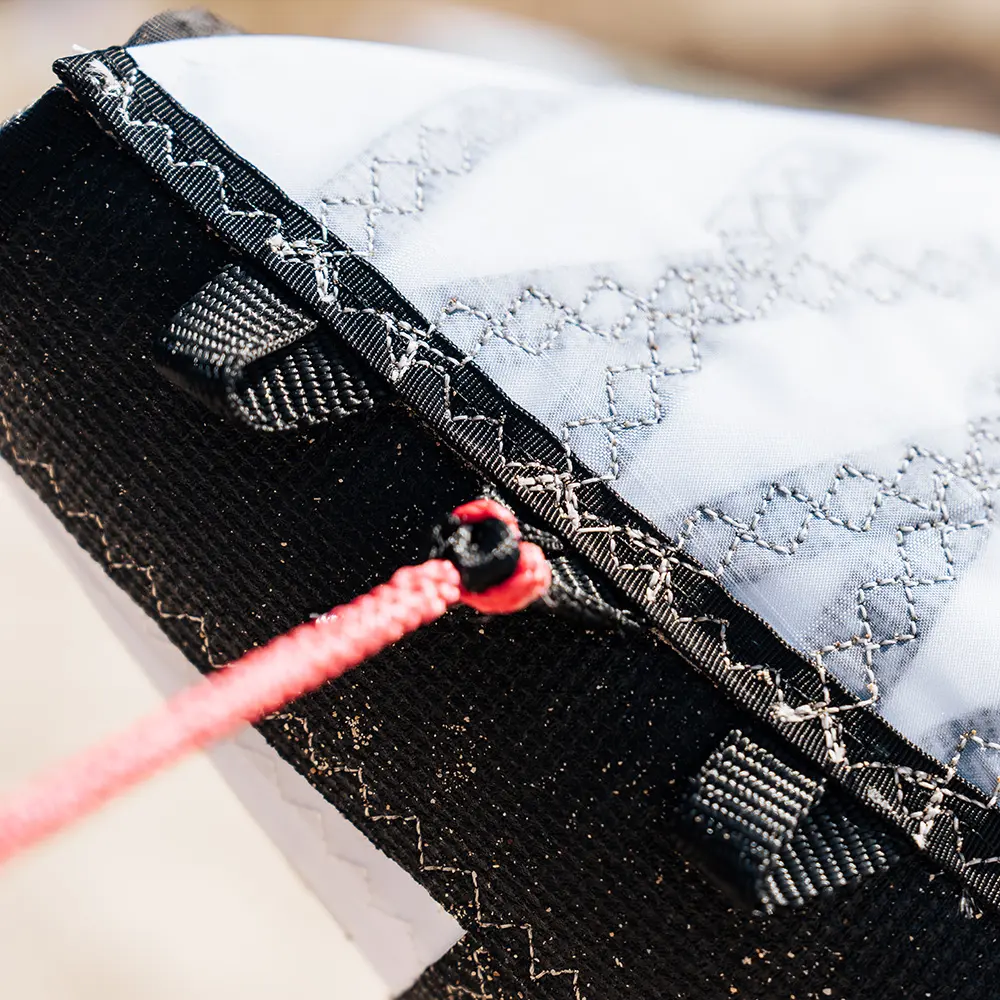
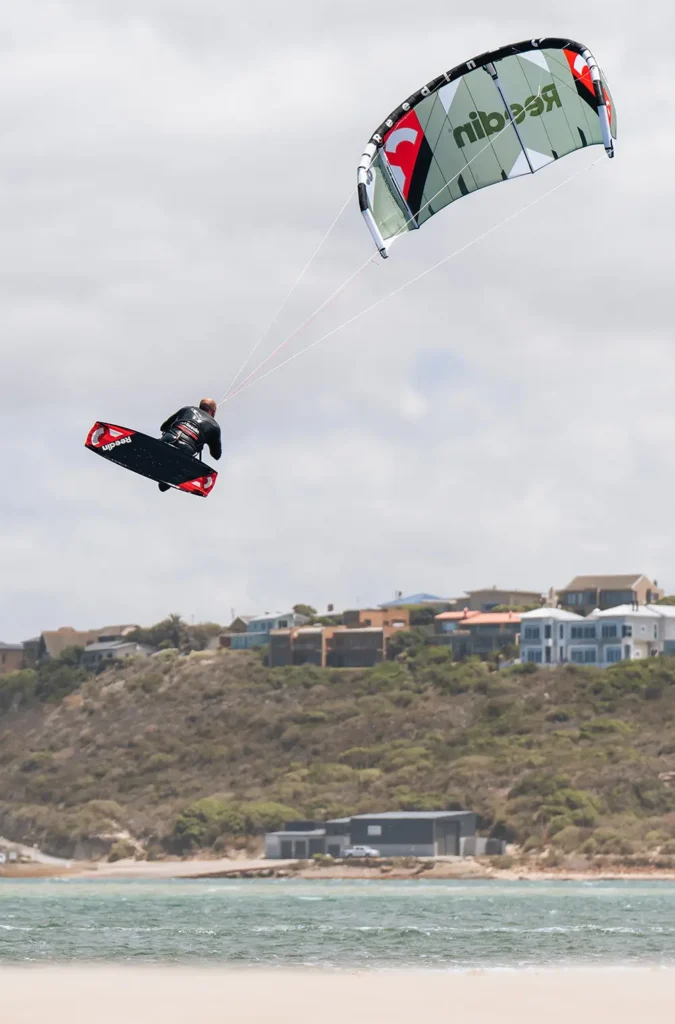
What is the recommended air pressure?
SuperModel HTF is designed with a Leading Edge (LE) construction that allows higher inflation pressure than most kites on the market. The higher inflation pressure lets SuperModel HTF have a small LE diameter while keeping a stiffer frame. The smaller LE diameter generates minimal drag for a kite that will then be more efficient by flying faster, further forward into the wind and will also twist better for faster engagement of the turns.
Always make sure to pump up the kite to its recommended pressure as stated on the kite next to the inflation valve. This way your kite will steer and fly as intended.
You have successfully joined our subscriber list.